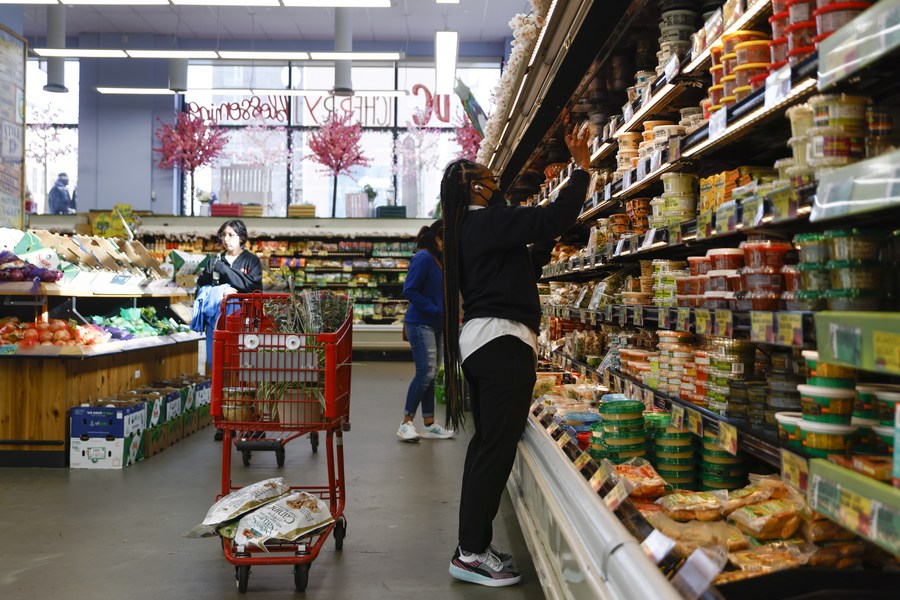
The rapid increase in the world population changes the consumption amount and habits. The increase in consumption accelerates agriculture and livestock practices and increases industry and energy requirements. This situation causes the negative effects of greenhouse gases to intensify as the amount of animal waste increases and the amount of methane released into the atmosphere is affected. Greenhouse gases, which have an important place in climatic changes, cause warming of the atmosphere by holding on to the long-wave infrared rays reflected back to the atmosphere. While 40% of global methane emissions are of natural origin, 60% are anthropogenic, that is, enteric fermentation waste from agriculture and livestock (cattle breeding), human-made waste yards, sewage plants, rice fields and biomass incineration. It has been reported that the share of the livestock sector in global anthropogenic greenhouse gas emissions is 18%, while its share in methane emissions is 30-50%, and the effect of ruminant breeding reaches 80% within this share, while chicken and pig farming is 8-9% effective. In summary, improper and incorrect agricultural and livestock practices increase greenhouse gas emissions such as CO2 (carbon dioxide), CH4 (methane) and N2O (nitrogen oxide). In addition, they stated that methane, which is excreted from the body with feces, urine and burping, represents 5.5-6.5% of the gross energy intake for cattle, sheep and goats. Therefore, besides its negative impact on the environment and climate, it also causes economic losses. For this reason, strategies to reduce greenhouse gas emissions are developed, especially in ruminant feeding, and it is recommended to use appropriate feed additives in rations on top of recommendations for the use of quality raw materials and the preparation of correct ration formulations. In order to estimate the methane release to the nature correctly, besides the feeding methods, animal species and number, live weight and yield information of animals are taken into consideration.
